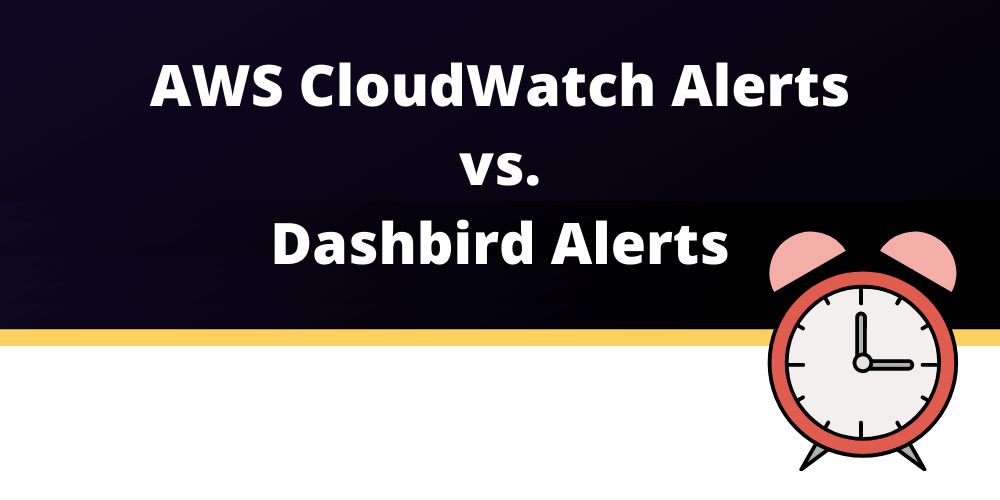In the 21st century, it’s quite easy to manipulate machines and computers. Our worries are no longer if something is doable, but if something can be perfected. Therefore, we mostly search for new ideas and ways to make our work impeccable. For example, if you’re using a particular software and you realize that the software is excellent, but it could be better in some ways that would allow you to work even faster, you’ll explore the alternatives. There are all kinds to choose from, and you will search for the one that is most suitable for your own needs. Every one of them has some perks of their own, and in others, you’ll notice some faults.
In this article, we’ll make a brief introduction, and we’ll also talk about the differences between CloudWatch alerts vs. Dashbird alerts. Which one is better and why?
What is AWS CloudWatch Used For?
AWS CloudWatch is built for system operators, site reliability engineers (SRE), IT managers, and developers. CloudWatch allows you to monitor your applications via data access and insights it provides. It can also recognize, understand and respond to all changes happening throughout the entire system.
CloudWatch is also collecting monitoring and operational data through metrics, events, and logs which further provides you with a unique view over the AWS resources, services, and apps that run on AWS, as well as in the localized servers. CloudWatch enables you to set alarms (or alerts), troubleshoot for issues, and discover the insights for application optimization which will ensure that the application runs smooth.
#aws #serverless #monitoring #observability
